Voices Through Magazines
Cultural magazines within the Indian Diaspora preserve traditions, bridge communities, and provide platforms for expression and identity.
Publishing and knowing about cultural magazines in the Indian Diaspora help to preserve and promote an aspect of culture, bridge and connect members of the Indian Diaspora, help individuals to form and maintain their identity, and keep us informed and educated about events, issues and people. Cultural magazines also serve as a means for the exchange of ideas, stories and artistic expressions between the Indian Diaspora and the wider global community.
These magazines can empower individuals in the Indian Diaspora by giving them a voice, and a platform to express themselves. Writers can address issues relevant to the community, advocate for social change, and celebrate achievements, thereby contributing to a sense of empowerment and agency.
The following are excerpts of a ZOOM Thought Leader’s Public Forum (25/02/2024) on the topic of “Cultural Magazines in the Indian Diaspora.” The public meeting was chaired by Shakira Mohommed, moderated by Shalima Mohammed, and hosted by the Indo-Caribbean Cultural Centre (ICC).
See the unedited recording of the programme:
The featured speakers included ? Sayantan Chakravarty (India), Editor and Publisher of India Empire Magazine for the past 19 years, which is today the sole magazine published in India that has a large diasporic focus and content. ? Rajan Nazran (England), Founder and Chief Explorer of the Global Indian Network (formally Global Indian Series), now a mooring ground for conversations that impact the global brown. ? Vinay Harrichan (USA/Trinidad), Founder and Curator of The Cutlass Magazine, a podcast and social media platform dedicated to the Indo-Caribbean community, and descendants of Indian indentureship and ? Adit Kumar (Canada/Guyana), Publisher of an annual souvenir magazine to commemorate the arrival of Indians to the Western World with the first landing of Indian indentured labourers in Guyana on 5 May 1838.
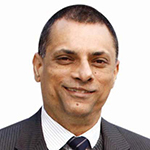 At the helm of India Empire, Chakravarty has built a trusted bridge between India and its global Diaspora for nearly two decades
At the helm of India Empire, Chakravarty has built a trusted bridge between India and its global Diaspora for nearly two decades
Sayantan Chakravarty said: “The first issue of the monthly India Empire Magazine was brought out in October 2004. It was also one of the recommendations of the HLCID (High Level Committee on Indian Diaspora) that Indian media engage with the Diaspora. India Empire has partnered with the Ministry of External Affairs, and previously with the Ministry of Overseas Indian Affairs for many of the Pravasi media events. We have also partnered with various Diaspora organisations to release publications such as special issues, magazines, coffee table books that touch on memorials, highlighted interviews with Indian Ministers and global engagements with the Indian Diaspora by Prime Ministers as well as challenges encountered by the Diaspora.”
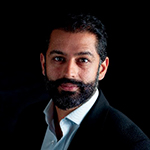 Nazran's Global Indian Network explores identity and opportunity, challenging misconceptions about the Indian Diaspora worldwide
Nazran's Global Indian Network explores identity and opportunity, challenging misconceptions about the Indian Diaspora worldwide
Rajan Nazran said: “I realised that there was a huge misconception regarding people of Indian origin and, by extension, the Indian Diaspora. We set up a magazine to have a look at the lived human experience of Indian people worldwide, to take a deeper dive into their perspectives in the nations they now call home, and to examine the business and economic opportunities presented to them as they are often disadvantaged. People in the community share their stories with the magazine; not only does it help guide their careers, but it, more importantly, provides genuine forms of interaction. I think as the world continues to reshape itself, as the notion of ‘identity’ becomes – in some cases greatly weaponised – on the other side, we find ourselves almost being forced into a corner as a Diaspora.”
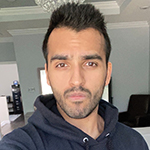 Founder of The Cutlass Magazine, Harrichan connects Indo-Caribbean
Founder of The Cutlass Magazine, Harrichan connects Indo-Caribbean
youth to their cultural heritage through podcasts and social media
Vinay Harrichan said: “I felt like there was a lack of a social media space for Indo-Caribbean people, and a place to discuss Indian indentureship in a way that would particularly connect with young people living abroad. There are not a lot of people my age who necessarily know about the information concerning our background and the culture in an in-depth way our parents, our grandparents and our great-grandparents would. Thus, Cutlass Magazine comprises everything ranging from posts about chutney music to bhajans to our Indo-Caribbean dance forms, linguistic origins and meanings of names, religious aspects, and pop and Bollywood culture that is very resonant in our community. We also do a weekly recap so that we can continue to preserve not only our Trinidad Bhojpuri words but also our phrases and song references.”
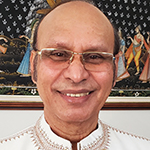 Publisher of the VCC Heritage Magazine, Kumar honours the legacy of indentureship and Indo-Caribbean resilience since 1996
Publisher of the VCC Heritage Magazine, Kumar honours the legacy of indentureship and Indo-Caribbean resilience since 1996
Adit Kumar said: “The first issue of our Vedic Cultural Centre (VCC) magazine was released in 1996. Since then, we have continued to publish magazines over the years. The heritage magazine became an integral part of our Heritage event, and it featured articles on history and the contributions of Indian immigrants. These articles encompass the struggles of indentured workers to identifying the positive outcomes of the indentureship system with authors being reputable local and international writers who are knowledgeable in their respective fields. This Heritage event allowed the community to become more aware and appreciative of the experiences and the legacy of Indo-Caribbeans.”
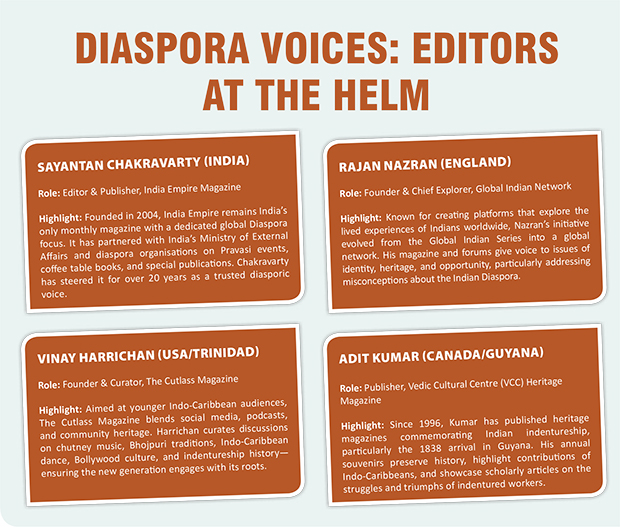


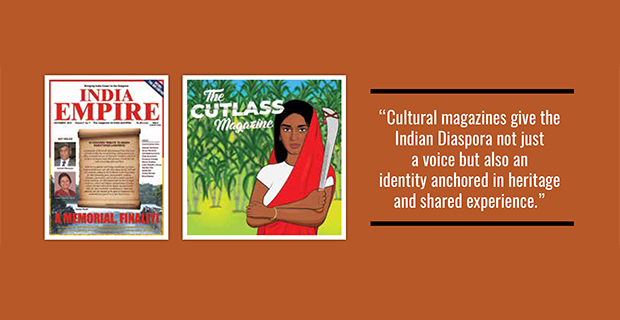







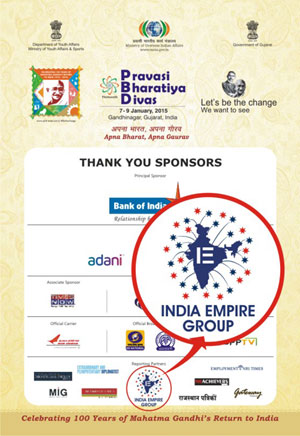
Comments.